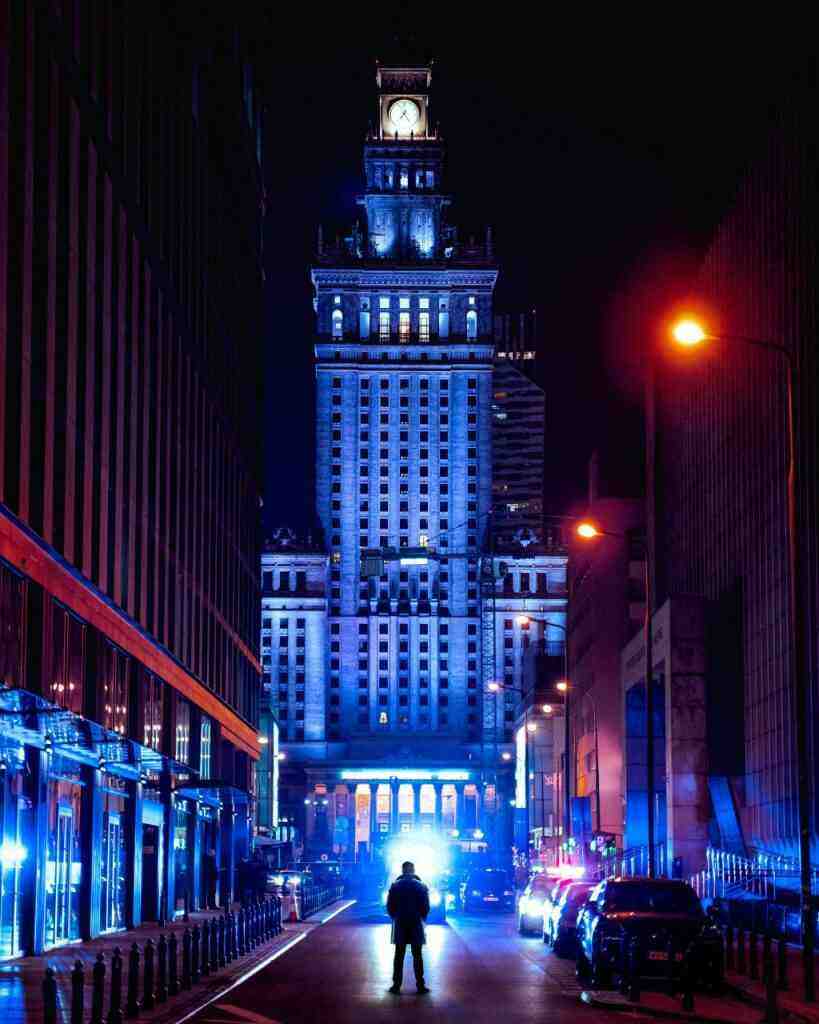Mona Lisa: Protesters Throw Soup at da Vinci’s Masterpiece, Sparking Debate on Art, Activism, and Climate Change
A World on the Brink
In 2024, the world teeters on the precipice of a climate crisis, grappling with the urgent need for action and sustainable living. Global temperatures escalate, societies confront the dire consequences of environmental degradation, food insecurity, and social unrest.
Scene: The Louvre Museum, Paris
Amidst this global turmoil, the iconic Louvre Museum in Paris, France, becomes the stage for a daring act of environmental protest. On a fateful day in May, two female activists, affiliated with the environmental group Riposte Alimentaire (Food Counterattack), enter the museum’s hallowed halls with a mission to make a powerful statement about the world’s food system and its impact on the planet.
Act I: The Soup Attack
As visitors throng around Leonardo da Vinci’s enigmatic masterpiece, the Mona Lisa, the activists approach the painting, their T-shirts emblazoned with the slogan “food counterattack.” In a swift and coordinated move, they hurl cans of tomato soup at the protective glass encasing the painting, splattering the viscous liquid across its surface.
Act II: A Message to the World
The audacious act of defiance sends shockwaves through the museum and reverberates across the globe. As security guards rush to contain the situation, the activists seize the moment to deliver a passionate message, their voices echoing through the grand halls of the Louvre:
“What is more important? Art or the right to healthy and sustainable food?” they proclaim. “Your agricultural system is sick. Our farmers are dying at work.”
Their words cut through the air, challenging societal priorities that often place material possessions and cultural artifacts above the fundamental needs of human sustenance and environmental well-being.
Act III: Evacuation and Aftermath
The museum’s security team swiftly evacuates the Salle des Etats, where the Mona Lisa is displayed, as cleanup crews move in to address the aftermath of the protest. Fortunately, the protective glass has shielded the painting from any direct damage, but the symbolic impact of the soup attack lingers in the air.
Scene Shift: Riposte Alimentaire’s Manifesto
In the aftermath of the protest, Riposte Alimentaire releases a statement on X, formerly Twitter, explaining their motivations and demands. They denounce the current food system as “stigmatizing the most precarious and not respecting our fundamental right to food.”
The group calls for a radical transformation of the food landscape, advocating for a monthly food card worth €150 (£128) to be given to citizens to ensure access to healthy and sustainable food for all.
Act IV: Reactions and Repercussions
The soup attack on the Mona Lisa sparks a heated debate, dividing public opinion and igniting discussions about the intersection of art, activism, and climate change.
Some view the protest as a legitimate form of civil disobedience, drawing attention to the urgent need for action on climate change and food insecurity. Others condemn the activists’ actions as disrespectful to the Mona Lisa and the cultural heritage it represents.
Rachida Dati, France’s Minister for Culture, swiftly denounces the attack, stating that “no cause” can justify targeting the Mona Lisa.
She emphasizes that the painting belongs to future generations and should be protected from such acts of vandalism.
Act V: Historical Precedents and Ongoing Struggles
The soup attack on the Mona Lisa is not an isolated incident. In recent years, museums and cultural institutions worldwide have witnessed a rise in protests and acts of civil disobedience aimed at drawing attention to pressing social and environmental issues.
In 2022, an activist threw cake at the Mona Lisa, urging people to “think of the Earth.” The painting was also stolen from the Louvre in 1911, causing an international sensation.
These incidents highlight the growing frustration and urgency felt by activists who seek to use art and cultural landmarks as platforms to amplify their messages about climate change, social justice, and the need for systemic change.
Epilogue: A Call to Action
The soup attack on the Mona Lisa serves as a stark reminder of the interconnectedness of art, society, and the environment. It challenges us to confront the pressing issues of our time and to demand meaningful action from our leaders and institutions.
As the world continues to grapple with the consequences of climate change and food insecurity, the Mona Lisa protest stands as a symbol of the growing movement of activists who are determined to make their voices heard and to demand a more sustainable and just future for all.
